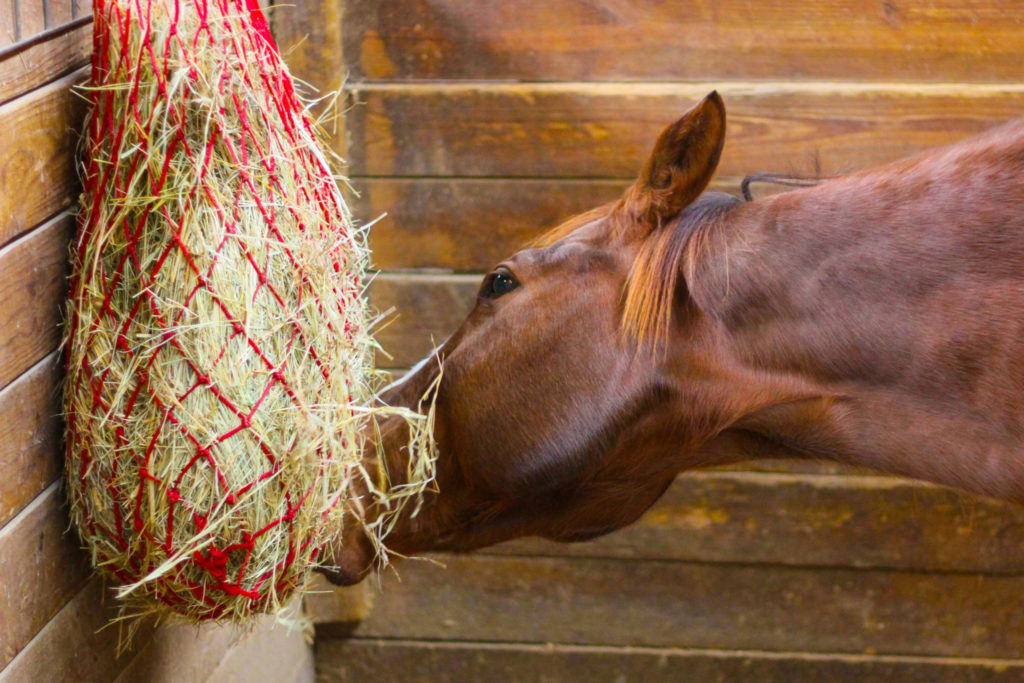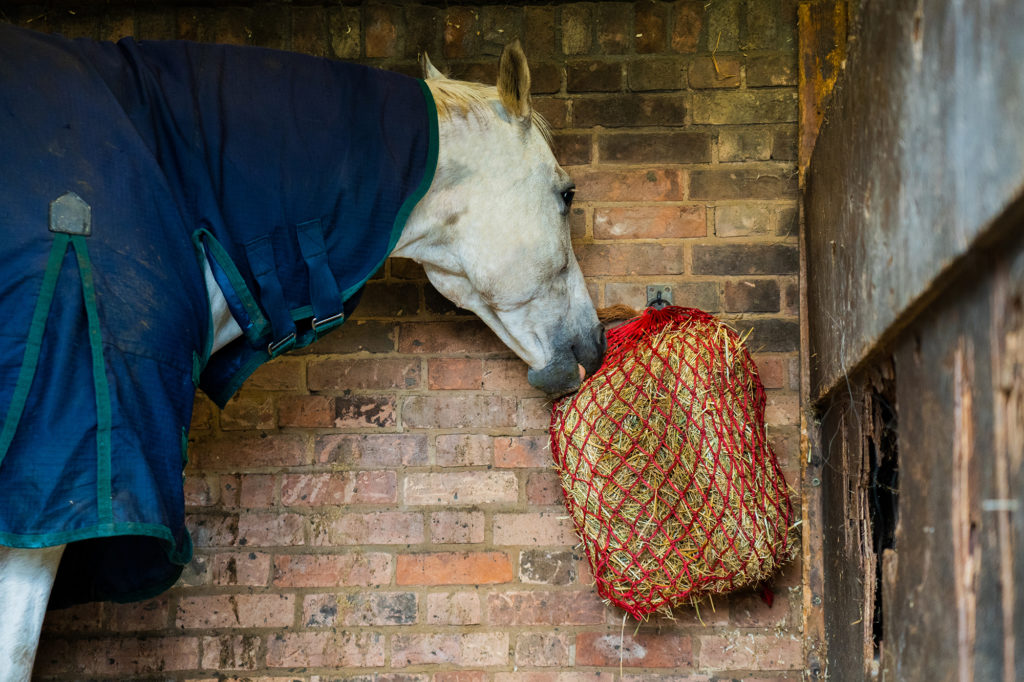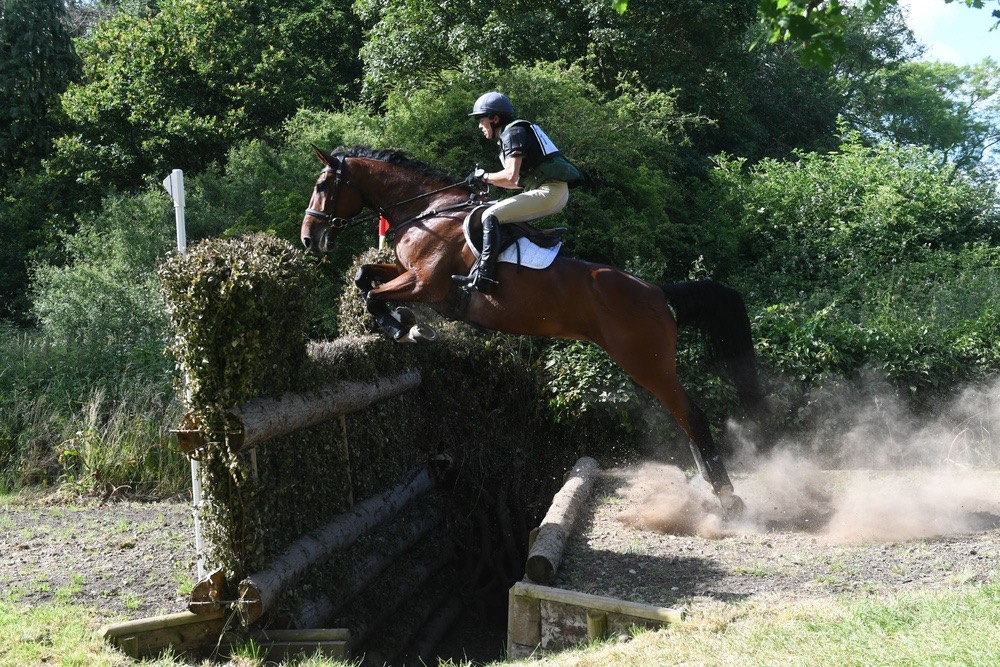
NIR Analysis
A basic analysis for grass hay, wrapped hay and haylage.
£26.23
Need Advice? Email, chat or call our feedline phone 01621 841 188
Key Features
Customer Reviews
NIR Analysis reports the following parameters: –
Dry Matter – This gives an indication of how much moisture is in the forage. This value is useful to tell us how well a forage is likely to store and is also important to allow us to calculate how much to feed ‘as fed’ to ensure the horse is supplied with enough forage on a dry matter basis.
Crude Protein – This describes the total amount of protein present in the forage but doesn’t tell us about the quality of the protein in terms of the amino acids profile. Low protein forages may need additional protein in the diet to balance them.
Oil – This describes the total amount of oil present in the forage and is typically low.
Ash – This refers to the mineral content of the forage. The term ash originates from the fact that minerals don’t contain carbon and so don’t burn. They are what is left when the carbon containing nutrients such as carbohydrates are burnt off. The higher the ash value the more minerals the forage contains and very high levels may indicate soil contamination in the sample. For a more detailed analysis of the minerals contained within your forage see Mineral Analysis.
NDF– This refers to the fibre content of the hay. It includes the lignin, cellulose and hemi-cellulose which are increasingly more digestible.
ADF – This is another measure of fibre but measures the less digestible cellulose and lignin. The difference between the NDF and ADF values is the hemicellulose content. A high ADF value indicates a less digestible forage more suited to good do-ers.
Sugar -The sugar value reported in the basic analysis is an approximation by the Luff Schoorl method extracting sugar in 40% ethanol. This sugar value reports on the simple sugars, disaccharides, and some short chain fructan. If you are trying to establish the suitability of the conserved forage for a laminitis prone individual, we would suggest also doing wet chemistry tests for WSC and Starch to calculate non-structural carbohydrate (NSC) intake.
DE – This is a measure of the digestible energy value of the forage and tells us how much energy or ‘calories’ a forage will supply. For performance horses and those that don’t hold their weight well we are looking for a higher DE and for leisure horses and good do-ers a low DE.
How to send your sample in for analysis
Results can only give a good approximation of what is in your forage if a good representative sample is taken. We suggest taking samples from several bales if practically possible and mixing them together to make the final sample. As a guide we need approximately ½ a carrier bag sized sample.
Postage is at your own cost. Please exclude as much air as possible prior to packing. Try to send your sample at the beginning of the week to avoid it sitting in the post over the weekend. Please send your sample including details of the forage type and services required and your contact details in a covering letter to the following address: –
Dengie Crops Ltd, Howells Farm, Maypole Road, Maldon, Essex, CM9 4SY
How long will the analysis take?
Please allow 2 weeks for the NIR analysis and up to 1 month for all other services. At busy times it may take longer.








Reviews
There are no reviews yet.